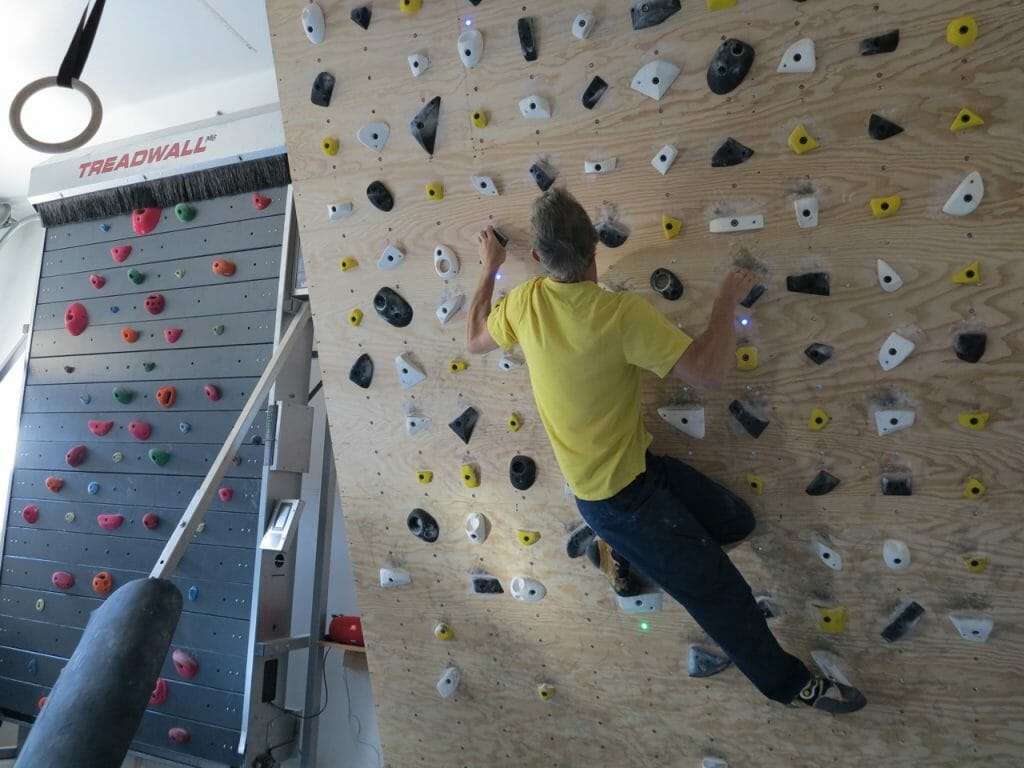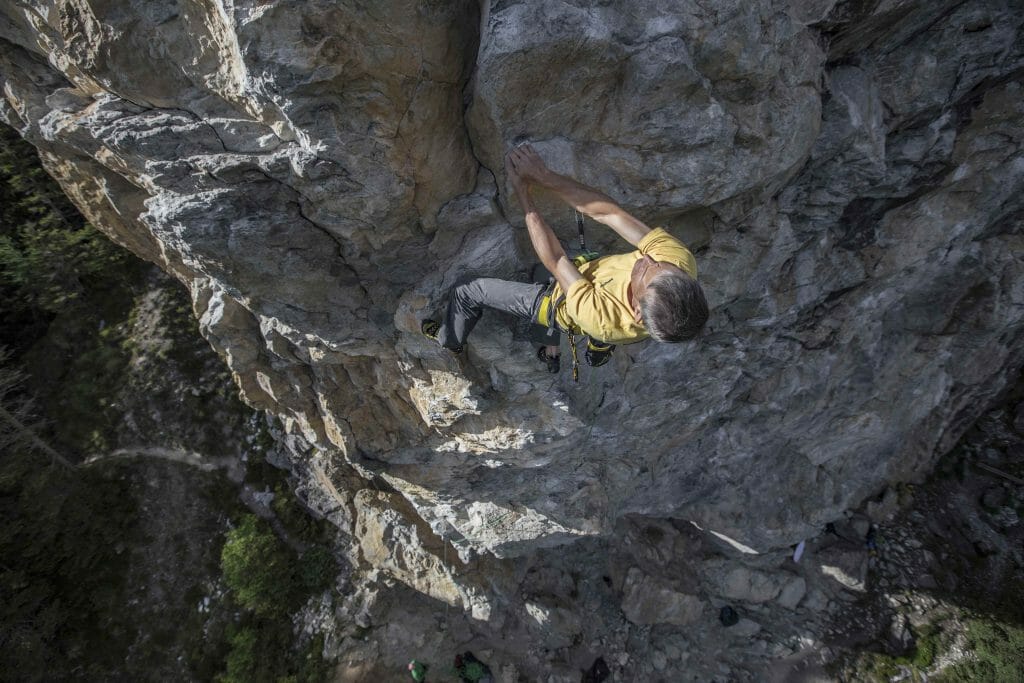Mixing power and endurance training in the same workout can be a mistake if it not done correctly. Why? A workout which places the strength and/or power training after what is already an exhaustive endurance session, is not going to give the best gains in strength or power. If all you want to do is get tired, then sure mixing training modalities will drive you deep into neurologic and metabolic fatigue. At certain times in your training cycle, and for certain climbers, this can be appropriate. But doing this on a regular basis is probably unwise for 90 percent of climbers.
An important part of becoming an athlete is building an understanding of your physiology and how it works, which is exactly what this website is dedicated to helping you do. I want to address one of the most common mistakes I have seen climbers, and other mountain athletes—but especially climbers—make: mixing training modalities. Mixing modalities refers to combining high-intensity (strength or power) and low-intensity training (endurance) in the same workout.
Have you ever done this? You climb a bunch of routes in the gym, then you decide to do a session on the hangboard. And then, to really clean out the pipes, you throw down a campus session or a couple more burns on some hard boulder problems with your pals. You leave the gym with your arms limp and aching. Great workout! Not so fast…
Why Mixing Power and Endurance Isn’t the Best Approach
To effectively train strength, you need to be rested enough to be able to recruit the largest motor units in the muscles. Those high-power fast twitch fibers have a very high activation threshold. They require your supreme effort to engage. Ever wonder why you grimace when you pull down at your limit? Ever notice that you can’t carry on a conversation while cranking the crux move? All your willpower needs to be concentrated on creating that maximum force IF the moves are at your limit.
Now does it make some sense that trying to increase your strength while tired is just not going to happen? Sure, you can try very hard on those final boulder problems or campus moves at the end of the day, but those highest-power motor units that you need to recruit in order to train them will not get called into action because your nervous system is already fatigued. As a consequence, you’ll recruit less powerful fibers.

When you train to exhaustion you are training endurance, NOT strength. If your limitation is strength, then you need to be fresh and take long rests between efforts so that those fastest twitch fibers, which do not have any endurance to speak of, can recover and be called up for the next effort.
Placing the strength AFTER an exhausting endurance session will only increase endurance. This can be a useful tool in training and is called muscular endurance, which we discuss in an endurance context here, here, and here. In the case of muscular endurance–style training, you are training the endurance of the most powerful fibers that can still be recruited in whatever your state of fatigue is. This is great for the specific phase of training, where you are trying to simulate ALL the demands of a climb in one workout.
The gym-climb-hangboard-campus-board-to-exhaustion example given earlier taxes different energy systems in the same time frame, which is a poor choice, as we’ve discussed. Exhaustion in one capacity affects your ability to execute the other capacity. If you’ve trained power (speed for runners or skiers), you can then do low-intensity endurance training that is a few grades (or slower pace) below your limit because the less powerful fibers have good endurance and can still be called upon to perform.
Keep in mind that combining power (or speed) and endurance training into one workout is more stressful than doing either one alone. While the body recovers from any training session, connective tissues are being rebuilt. Your finger tendons, the tendons of your elbows and shoulders, and the muscles themselves all need water, salts, nutrients, circulation, and time not only to repair, but to become stronger than they were before the workout. That is the purpose of all this training, right?
Lastly, power/speed training requires precision to execute. And precision requires technique. Technique is a neurological capacity that is created, in simple terms, through good movement practice. You are unlikely to be able to practice precise (and therefore good) movements when you’re fatigued. This will lead to decreased movement efficiencies, no matter your preferred sport.
Should You Ever Train Power and Endurance in One Workout?
So when and why would you train both power and endurance in a single workout? Simply put, if you’re an advanced athlete in an advanced stage of your training. This type of training is analogous to adding decoration to the frosting that is already on the cake: it’s the final touch to make the cake perfect. If you want to increase your ability to climb well when you’re totally exhausted, such as executing those final difficult moves at the end of a long route, then it makes sense to practice that.
But this type of practice should come near the end of a training cycle. If you apply this type of training too early in your Base Period, you’ll reduce the effectiveness of the strength/power training, especially if you place it at the end of a training session. The analogous situation in running or ski mountaineering is the final kick at the end of a long race. It’s important to train, but only useful to train at the right point in your athletic development.
If you are an advanced athlete at the end of your training cycle and you are ready for such a workout, you would start with power (speed in the case of runners/skiers) and then move to the endurance part of the workout. It would look like this: Warm up slowly, building into hard but sub-max boulder problems. (For runners/skiers, the warm-up progresses to sprints, typically 1 minute on, 1 minute off at a hard sub-race pace.) Your maximal or near-maximal efforts follow the warm-up. Then you finish with endurance training. For rock climbing, this would be ARC training. For alpinists, mountaineers, runners, and skiers, this would be a long aerobic-capacity workout such as a climbing marathon or a steep uphill hike or run. Even a stairwell will work.
Conclusion
In summary, most of us should separate power and endurance workouts into different sessions on different days. The combination of power and endurance training into one workout is for advanced athletes only. When done together, the power portion of the workout should come immediately after the warm-up, followed by the endurance or muscular endurance portion of the workout.

